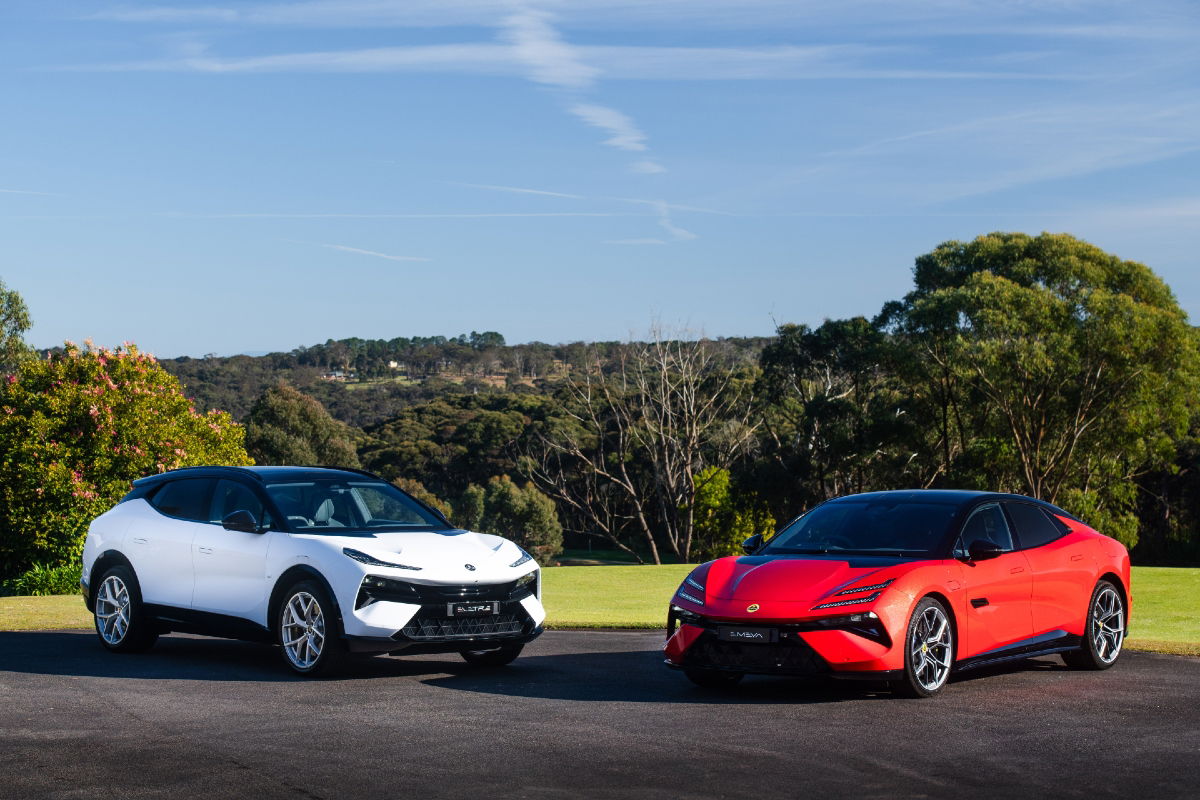
As the old saying goes, the definition of insanity is doing the same thing over and over again and expecting a different result.
Which is why Lotus’ decision to radically transform its business, from lightweight sports cars to luxurious electric vehicles, is ultimately a risk worth taking – even though it most definitely remains a big risk. This change is driven by the brand’s latest owners, Chinese giant Geely, which wants to turn Lotus into a premium powerhouse to challenge Ferrari, Aston Martin and Lamborghini, rather than just a tiny niche brand selling a handful of the world’s purist sports cars.
It’s a bold change on a global level, but what does it mean in Australia? Torquecafe was recently invited to meet the Lotus Australia leadership team, Lee Knappett (Director) and Richard Gibbs (sales boss), and sample its new line-up of EVs.
READ MORE: Lotus confirms electric SUV plans and Chinese production
The pair began their relationship with Lotus via their business Simply Sports Cars in Sydney but took over local distribution rights for the brand eight years ago. Their first year in charge they sold just 35 cars, as the Elise, Exige and Evora had a very limited audience. Fast forward to present day and Lotus Australia’s 2024 sales are already up more than 50 per cent in the first half of the year thanks to the Emira sports car, and crucially with the all-new Emeya and Eletre EVs almost certain to add more sales in the final months of the year.
Knappett said the Emira is already demonstrating Geely’s decision to take the brand down a more polished and premium path is paying off, with new customers coming into the brand.
REVIEW: 2023 Lotus Emira – fun, but relatively slow
“The Emira was a big shift for us, really, that was two years ago, and you’d think that that product, if any, it was a natural progression from what we had previously, but we saw 85 per cent of the audience were net new, customers with net new in the brand based on the 200 cars we sold,” Knappett said.
“So Emira, absolutely it moved the needle, and it meant we could appeal to a broader audience and we could take some market share from some other brands, such as BMW and Porsche, et cetera, and bring some customers across from there. Whereas before we didn’t have that, we had a niche of customers; absolutely.
“Now we’ve rolled into a space where there is another group of customers we need to reach, probably different from Emira customers, share some attributes but different again. We’re just hard at work, how to make sure that we tailor our brand message, stay true to our authentic values around the, ‘for the driver.’”
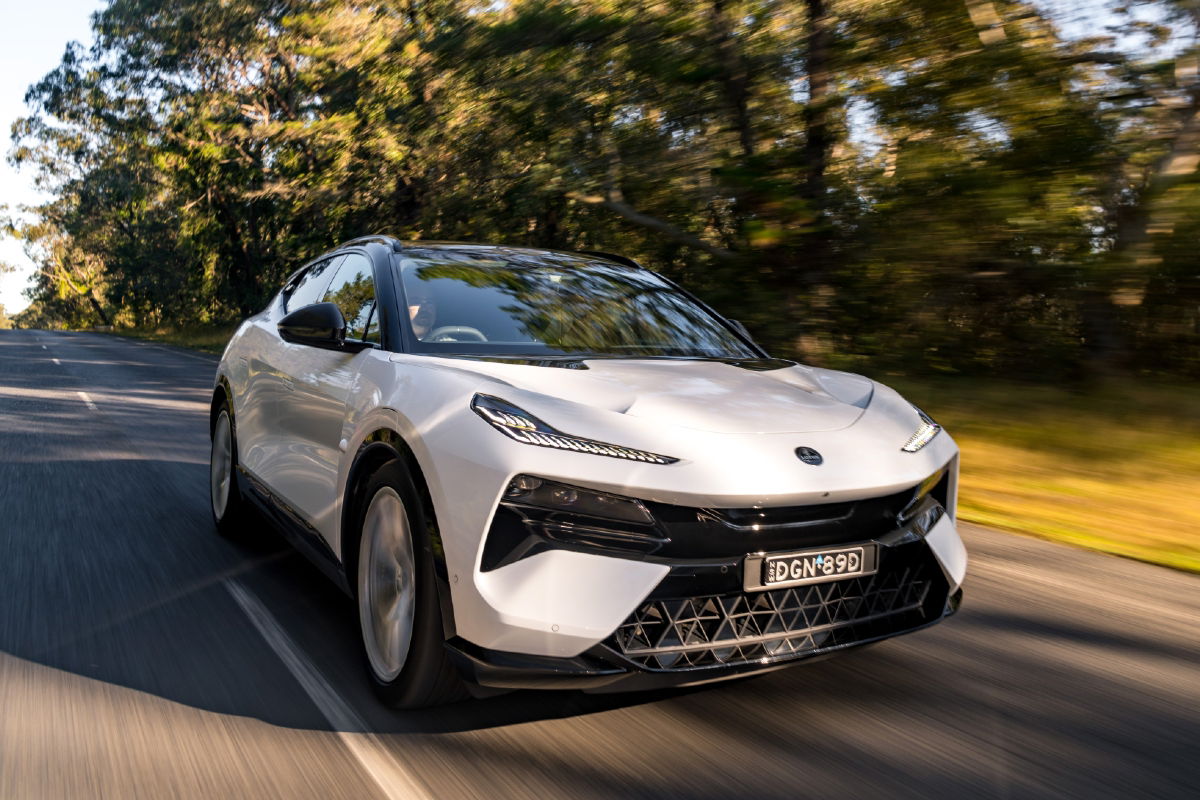
The new electric models will certainly expand the reach of the brand, taking into market segments it has never competed in before. Specifically the mainstream luxury SUV market with the Eletre (which will rival the BMW iX and Mercedes-AMG EQE), while the Emeya is Lotus’ answer to the Porsche Taycan and Audi e-tron GT.
READ MORE: Roland Dane and the tale of two Lotuses
These are part of the Geely-funded Vision 80 plan to reinvent Lotus, which will also see a mid-size electric SUV launch globally in 2025 and a new electric sports car appear in 2026. Both of these models won’t arrive in Australia until at least a year after their global launch, but by 2027 Gibbs is confident Lotus’ local sales figures will be a long way from the double-digits when they took over.
“The salesman in me says we’re never putting caps on, we’ll sell as many as the market wants,” Gibbs said. “There is an expectation from global Lotus down that the Asia-Pacific region as a whole will contribute 10 per cent of the global volume. And we would be expected to make an order between one and two percent of that.
“So, you know, realistically at the end game of Vision 80 we’re talking four digit numbers in terms of volume. I mean, last year we did 180 with Emira. We think we’ll go north of 200 this year in terms of the addition of the battery electrics… We’re seeing growth and with products to come.”
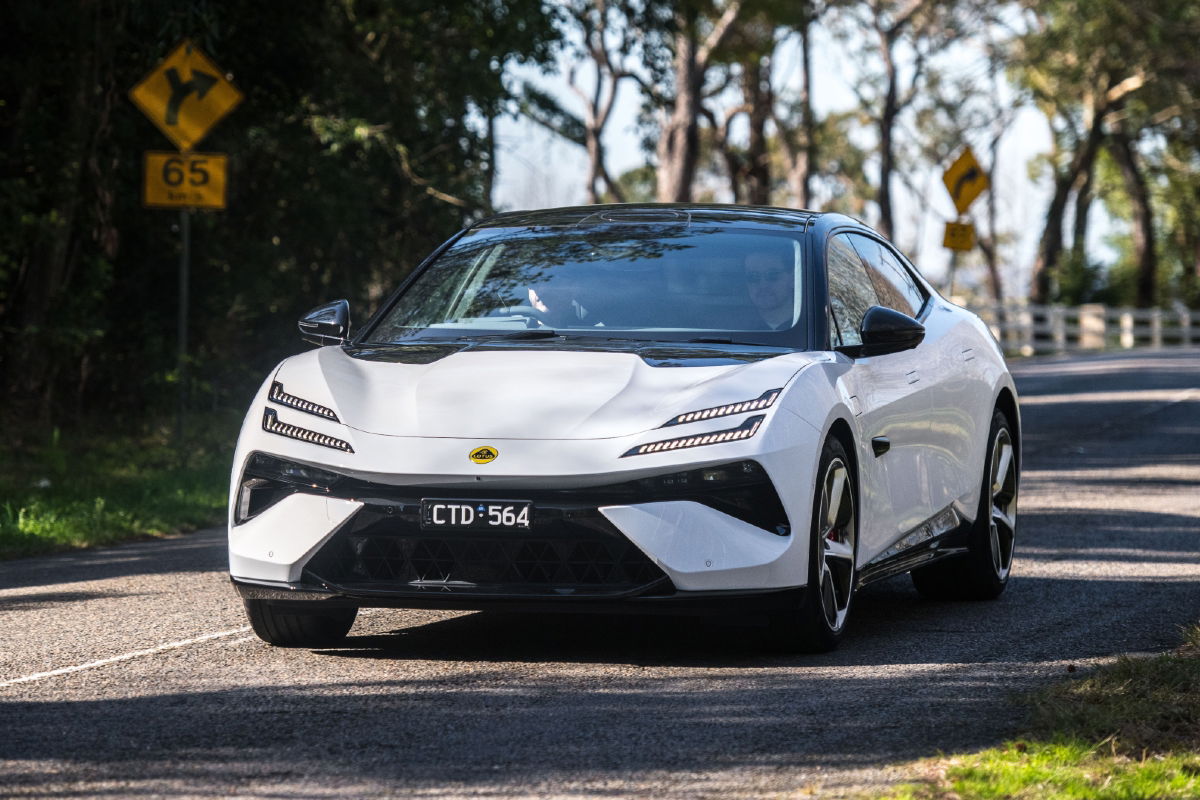
If Lotus can achieve that sort of growth and become a self-sustaining brand that will certainly justify Geely’s decision to overhaul the brand. However, it will almost certainly come at the expense of long-time loyal customers who won’t buy into this new era. But that’s not to say Knappett and Gibbs want to forget about the customers who have supported the brand – quite the opposite.
READ MORE: Lotus Emira detailed – the brand’s last petrol-powered sports car
“It’s not like we’ve made a fundamental shift to say we don’t value those customers anymore,” Gibbs said. “Therefore, we’re not going to do the experiences that we used to do. We’re still doing our track days. We’ll go to Bathurst, we didn’t go to Bathurst this year only because we got gazumped by V8 supercars. Otherwise, we would have been there. If Targa [Tasmania] ever gets going again, we’ll be there again.
“So we will continue to service the client base that started us. But at the same time, we now have to adapt and mould our offerings and probably introduce new offerings for the new client base that we’ve got. And the challenge is to be really inclusive so that we cross pollinate these two communities and they feed off each other.
“And we believe if we can get that right, it will benefit both groups and you’ll create one big community.”



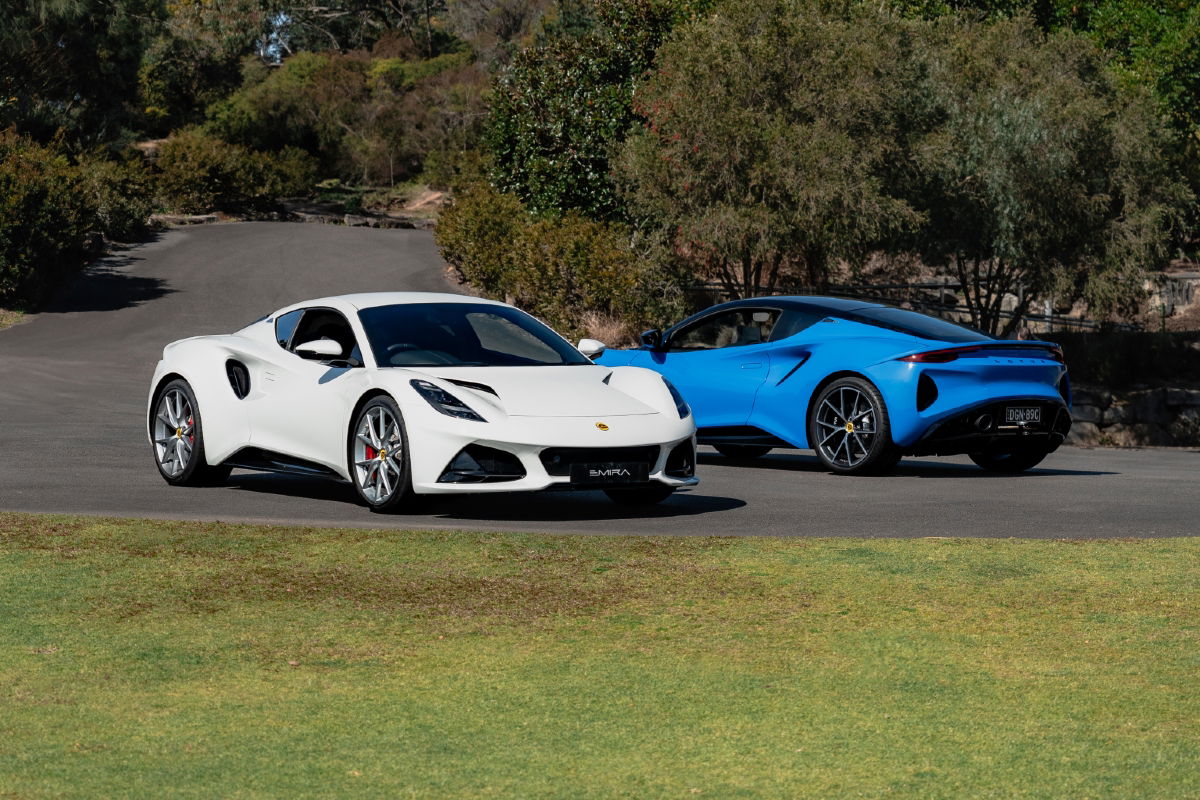
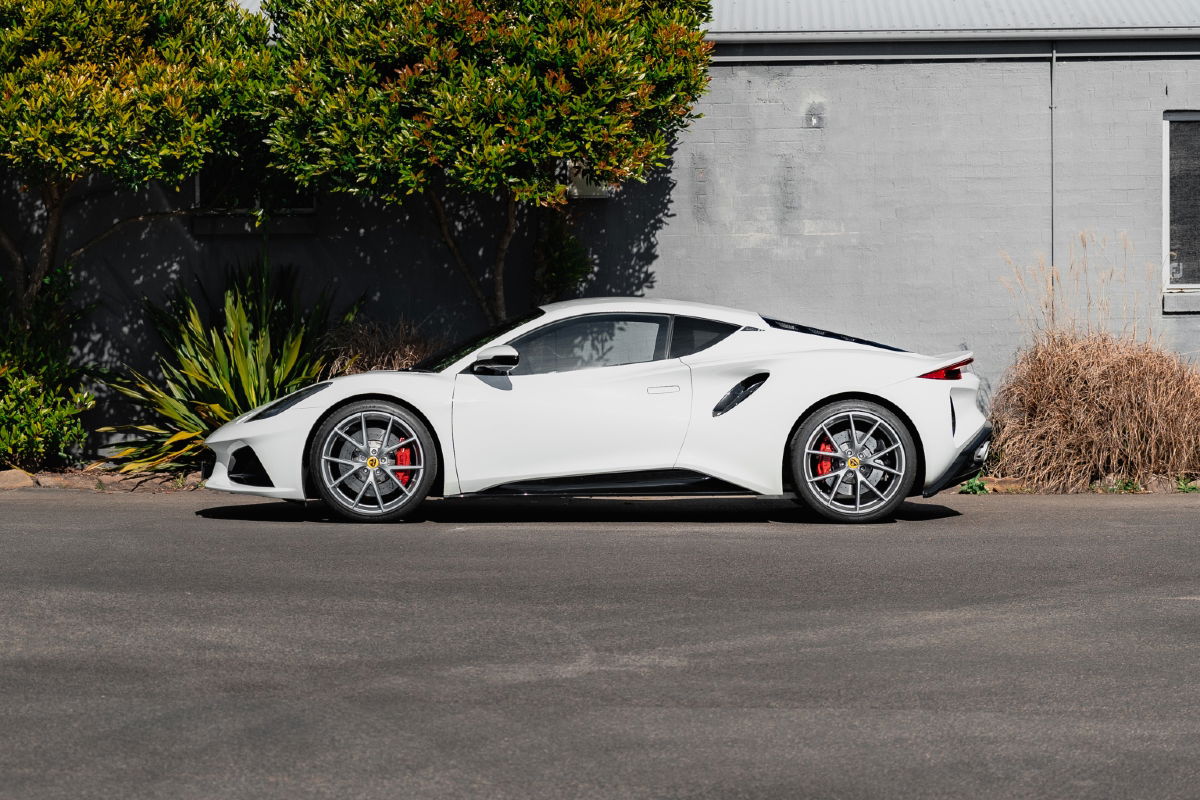
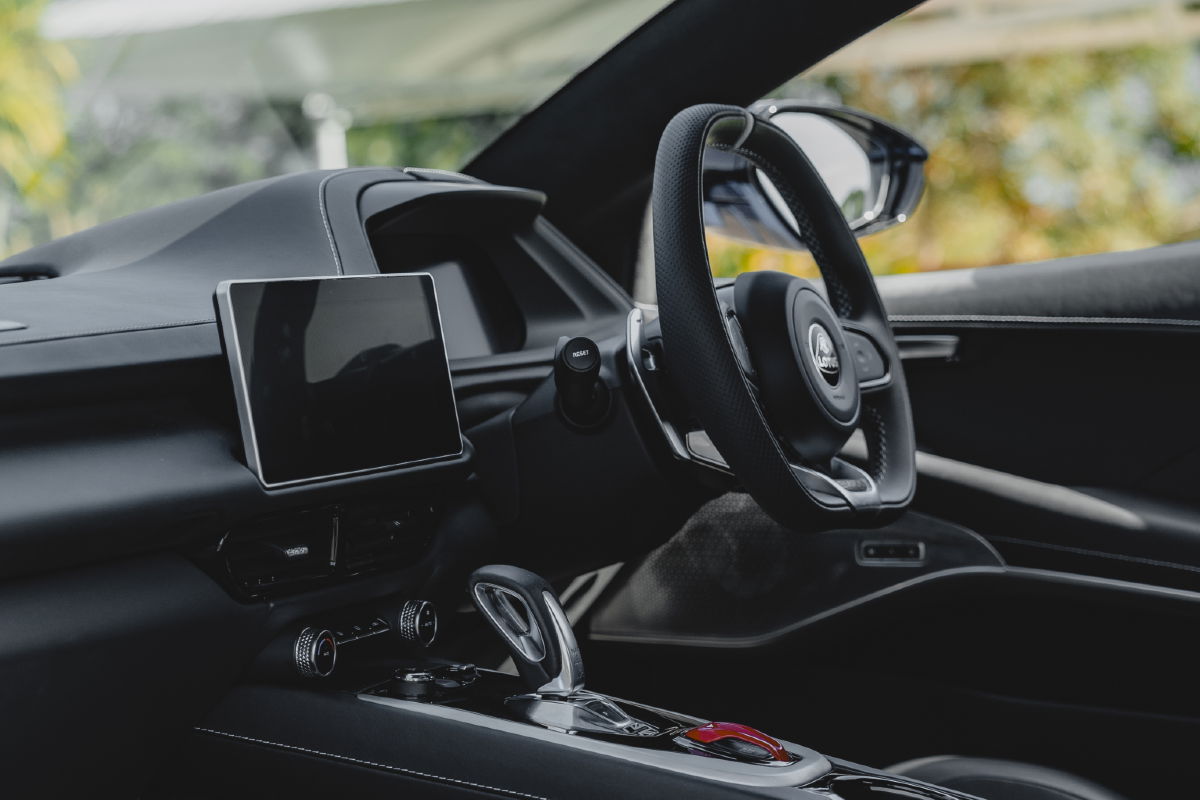















Discussion about this post